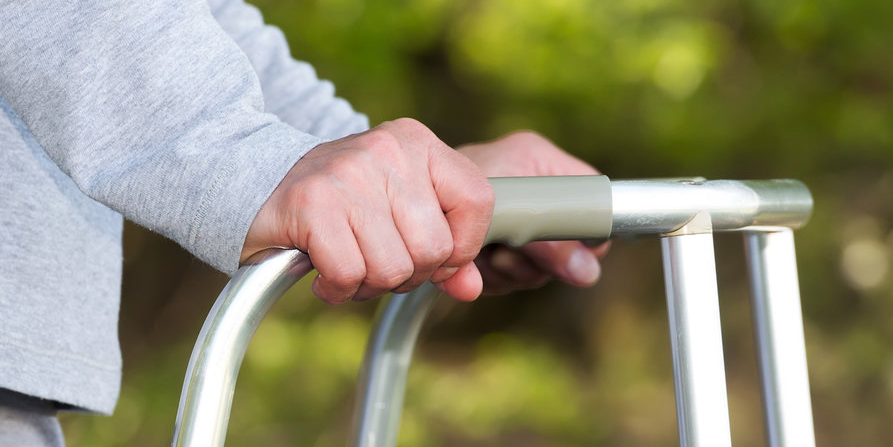
It’s a Sunday evening, and your team is alerted by dispatch that a 73-year-old woman was eating dinner at her son's house when she started having chest pain and difficulty breathing. She's still conscious but is in a good deal of discomfort, and you know that you’ll have to perform a respiratory assessment upon arrival. While riding to the scene, you also start thinking about the special considerations you’ll need to take in the assessment because of the patient’s age.
What is a Respiratory Assessment?
The goal of a respiratory assessment is to identify what is causing shortness of breath or breathing difficulties in a patient. While you may have performed dozens of respiratory assessments, it’s important to remain vigilant. Don’t absentmindedly work your way down a checklist or formulaically assess the patient. Instead, be comprehensive in your approach so that you can perform a thorough respiratory assessment.
Changes in the Geriatric Patient
Geriatric patients undergo a range of physiological changes that may make airway assessment or management more difficult. Specific changes to be aware of before performing a respiratory assessment on an older patient are:
- Decreased lung elasticity
- Decreased chest wall compliance and respiratory strength
- Reductions in vital capacity
When assessing the geriatric patient, it can be easy to confuse these changes as a sign of a respiratory emergency. While this may be the case, and these changes do leave elderly patients more prone to respiratory emergencies, keep in mind that these changes may also just be part of the aging body and don’t immediately signal an emergency.
Respiratory Assessments for Geriatric Patients
When performing a respiratory assessment on a geriatric patient, you should follow the same steps used for other patients. However, you will want to be especially vigilant in your assessment.
Perhaps most importantly, make sure to obtain a detailed patient history. According to the National Council on Aging, almost 95% of geriatric patients have at least one chronic condition and 80% have two or more, with many of these conditions directly affecting the airway. Because of this, it’s vital you get as many details as possible about the patient’s medical history and the events preceding the emergency, as this information can guide your diagnosis.
Geriatric patients may also suffer from dementia or other neurological disorders, which can cause difficulty when assessing their consciousness. Patients with such disorders may not appear fully conscious, when in fact they are functioning at their normal level. Obtaining a medical history can help you take these factors into account.
Additionally, when performing auscultation, it’s common to hear crackling in a geriatric patient’s lungs. To reach a better diagnosis, it’s important to pay attention to when the crackling occurs during the breathing process. Crackles that occur early during inhalation could potentially be caused by chronic bronchitis, emphysema, or reactive airway disease. Mid-inspiratory crackles may signal bronchiectasis and late crackles may be caused by congestive heart failure.
If it’s determined you need to suction a geriatric patient, be aware of loose teeth, the presence of dentures, dry lips, and decreased tongue pressure, which can make intubation and obtaining face-mask seals more difficult. It’s also helpful to ensure you have appropriate suction equipment, such as SSCOR’s products designed for EMS use.
The Aging Population
It’s projected that by 2050, there will be almost 90 million adults aged 65 or older in the United States, meaning you will continue to encounter more geriatric patients in the field. These patients undergo health changes that may impact the way conditions are displayed and how treatment should be administered. However, by being knowledgeable of these changes, carrying out treatment appropriately, and having the proper equipment, you can continue to provide the aging population with the best care possible and contribute to positive patient outcomes.
Editor's Note: This blog was originally published in April, 2022. It has been re-published with additional up to date content.















